Curious Questions: How do you make the perfect cream scone?
Everybody loves a good cream tea – but is there a secret to its centrepiece, the perfect cream scone? Martin Fone, author of 'Fifty Curious Questions', investigates.
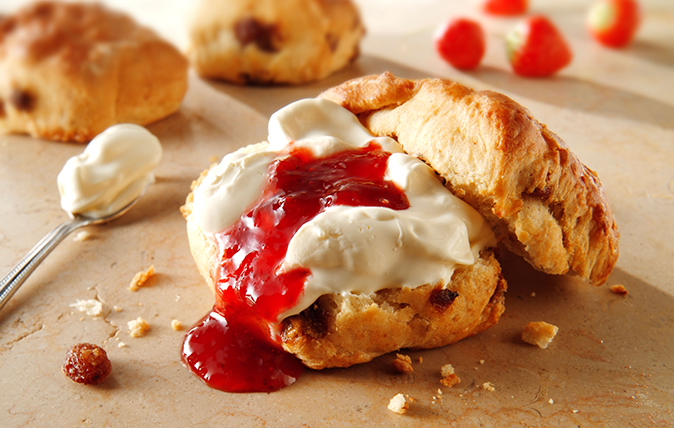

I must confess I am partial to a Devon cream tea, the highlight of which, of course, is the cream scone.
But there are so many dilemmas associated with this treat. How do you pronounce scone? Is it scone, as in own, or scone, as in on? My preference is for scone as in own. How much cream and how much jam should you put on the scone? Should you use only clotted cream? Should you put the jam on first and then the cream or the other way round? How do you keep them from crumbling into pieces when you take the first mouthful?
Relax, dear reader, because help is at hand thanks to some research carried out by Dr Eugenia Cheng, a mathematician at the University of Sheffield. Her research broke the cream tea down into three key elements; scones, cream, and jam. The key to a perfect scone is to follow the weight ratio of 2:1:1 – in other words, a 70 gram scone needs 35 grams of jam and 35 grams of cream.

Cheng’s research – unsurprisingly, as it was sponsored by Rodda’s Cornish Clotted Cream – concludes that clotted cream is better than whipped cream. This is because more whipped cream is required to cover the same area than clotted cream.
The ideal thickness of the scone should be 2.8 centimetres to allow it to fit into the mouth easily, and the jam should be put on first before the cream. Putting the cream on first causes the jam to run off the scone, causing an unholy mess.
The key to successful construction of the perfect scone is to ensure that the cream is the same thickness as the scone, otherwise the cream will topple off, and you need to ensure that there is a rim of five millimetres between the scone and the jam and a further rim of five millimetres between the jam and the cream. Compliance with these instructions will ensure that you have the perfect scone, which will neither collapse nor drip.
Frustratingly, Cheng does not address the question of how the word scone should be pronounced.
Exquisite houses, the beauty of Nature, and how to get the most from your life, straight to your inbox.
The pursuit of perfection is all well and good, but some naysayers opine that one of the joys of eating a cream scone is the mess you get into. I suppose it is, as is often the case, a question of paying your money and taking your choice.
But at least we now know!
Martin Fone is author of 'Fifty Curious Questions', from which this piece is an excerpt – find out more about his book or you can order a copy via Amazon.
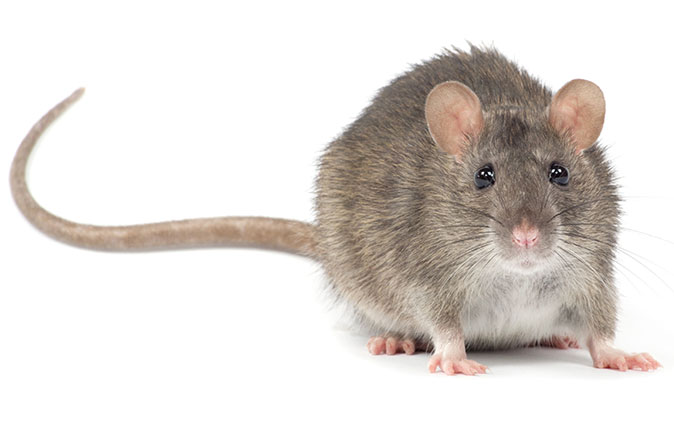
Credit: Alamy
Curious questions: Are you really never more than six feet away from a rat?
It's an oft-repeated truisim about rats, but is there any truth in it? Martin Fone, author of 'Fifty Curious Questions',
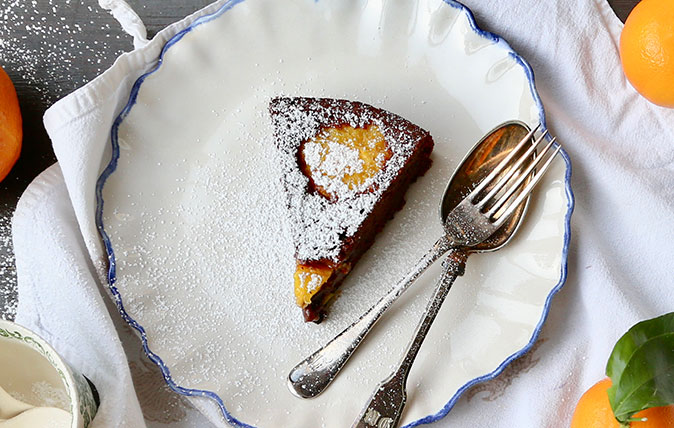
How to make chocolate-and-orange upside-down tea cake, with orange whipped cream
So much more than marmalade – our kitchen garden cook Melanie Johnson finds delicious things to do with oranges.

Clotted cream: How it's made, who does it best, and whether to put it on before or after the jam
Rich, unctuous and wickedly good, clotted cream is the pride of the West Country.
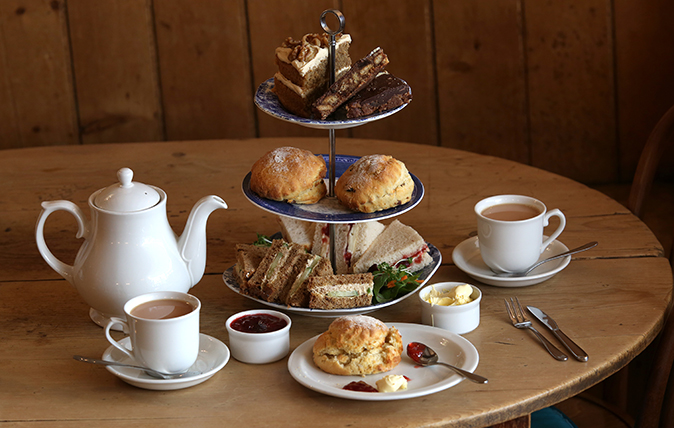
Credit: Mark Williamson
Down to a tea: The finest teashops in the Cotswolds
When partaking of a piping-hot cup of tea and a crumblingly delicious slice of cake, where better to indulge than
After graduating in Classics from Trinity College Cambridge and a 38 year career in the financial services sector in the City of London, Martin Fone started blogging and writing on a freelance basis as he slipped into retirement. He has developed a fearless passion for investigating the quirks and oddities of life and discovering the answers to questions most of us never even think to ask. A voracious reader, a keen but distinctly amateur gardener, and a gin enthusiast, Martin lives with his wife in Surrey. He has written five books, the latest of which is More Curious Questions.
-
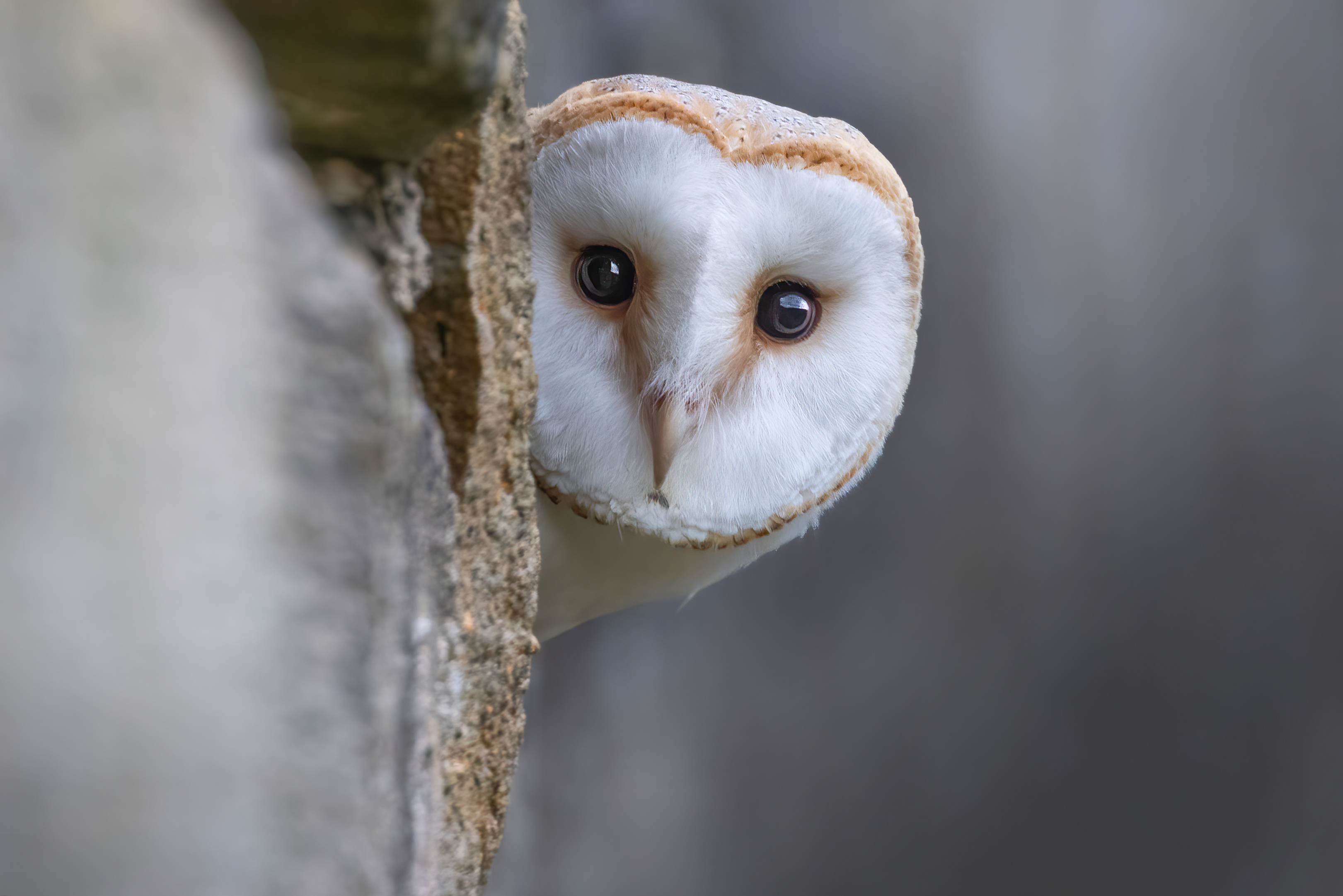 Picture round: Guess the animal in today's Country Life Quiz of the Day, November 6, 2025
Picture round: Guess the animal in today's Country Life Quiz of the Day, November 6, 2025In today's quiz we're asking you to guess the names of these lesser-known animals.
-
 Bunny Mellon: The Truman Capote ‘Swan’, muse and horticulturalist whose creations for The White House were recently lost forever
Bunny Mellon: The Truman Capote ‘Swan’, muse and horticulturalist whose creations for The White House were recently lost foreverAs Tiffany & Co. pay homage to Bunny Mellon with a new Bird on a Rock collection, Owen Holmes takes a look at the most iconic garden designs of this heiress-horticulturist, from her Virginia estate to the White House to Versailles.
-
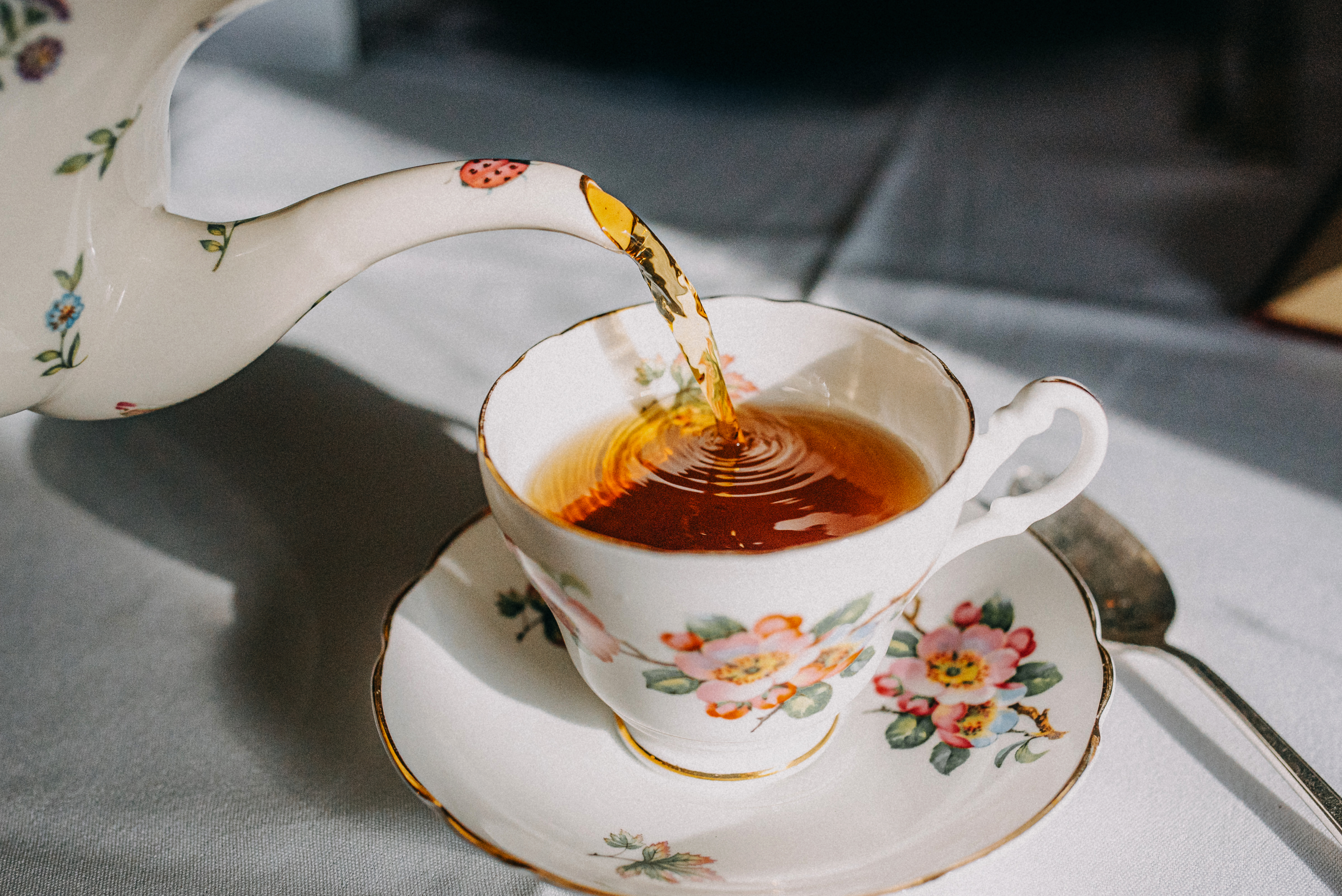 11 golden rules for making a perfect cup of tea
11 golden rules for making a perfect cup of teaWe drink tea every day, but are we doing it correctly? Who decided on the rules and do they really matter? Jonathon Jones reveals all.
-
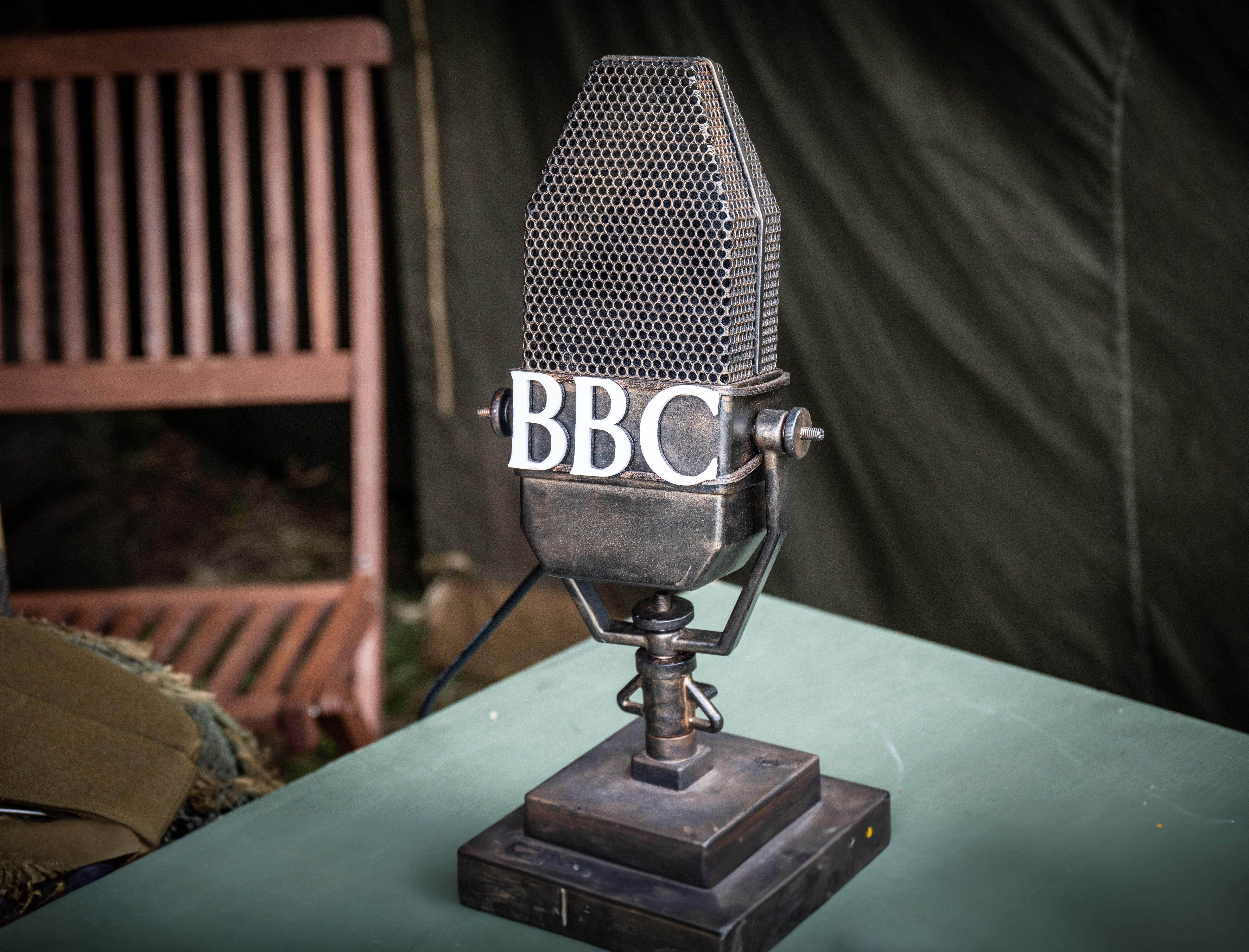 Curious Questions: What is the greatest April Fool's prank ever played?
Curious Questions: What is the greatest April Fool's prank ever played?As April 1 looms, Martin Fone tells the tale of one of the finest stunts ever pulled off.
-
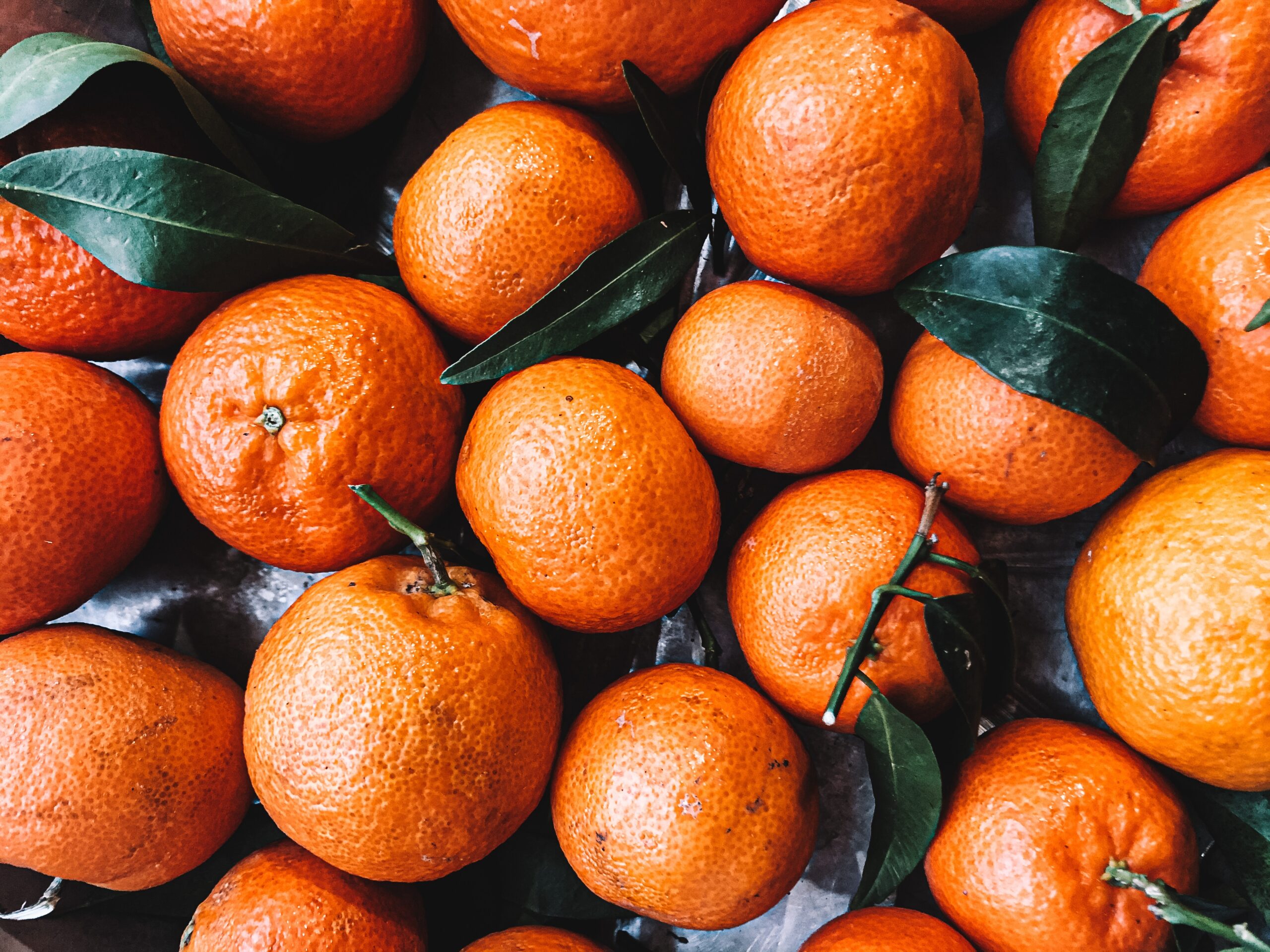 Curious questions: Why do we use Seville oranges to make marmalade?
Curious questions: Why do we use Seville oranges to make marmalade?Why do we use Seville oranges to make marmalade when there are more than 400 other varieties available worldwide? And do they really make the best preserve? Jane Wheatley investigates.
-
 Mince pies really did once contain meat — and this Victorian recipe will convince you that they should to this day
Mince pies really did once contain meat — and this Victorian recipe will convince you that they should to this dayOnce packed with meat, such as ox tongue and mutton, alongside dried and candied fruit and extravagant spices, the mince pie is not what it once was — and food historian Neil Buttery says that's made them worse.
-
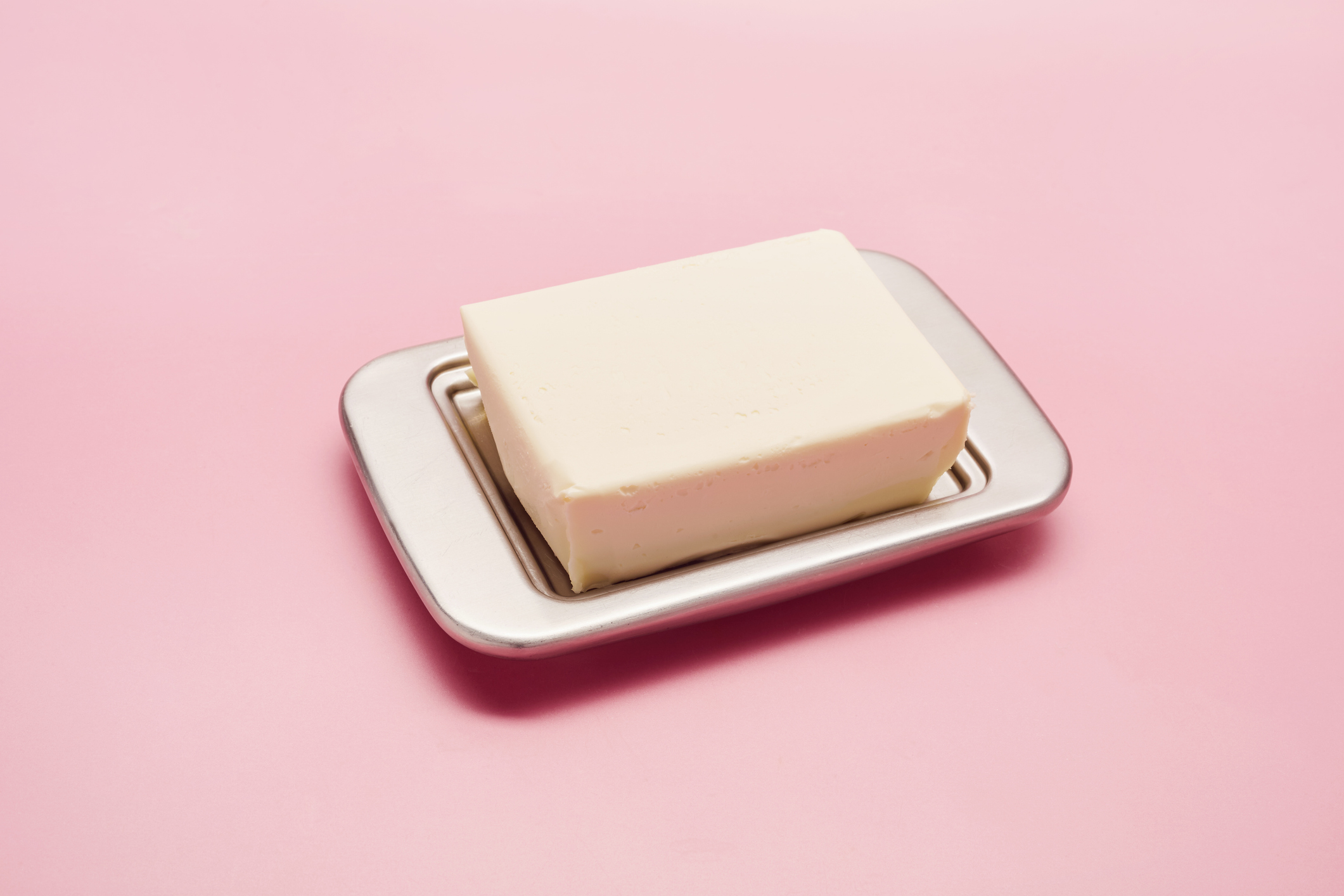 Curious Questions: Margarine used to be pink — but why?
Curious Questions: Margarine used to be pink — but why?Margarine has been a staple of our breakfast tables for over a century, but it hasn't always had a smooth ride — particularly from the dairy industry, who managed to impose a most bizarre sanction on their easily-spreadable, industrially mass-produced rival. Martin Fone explains.
-
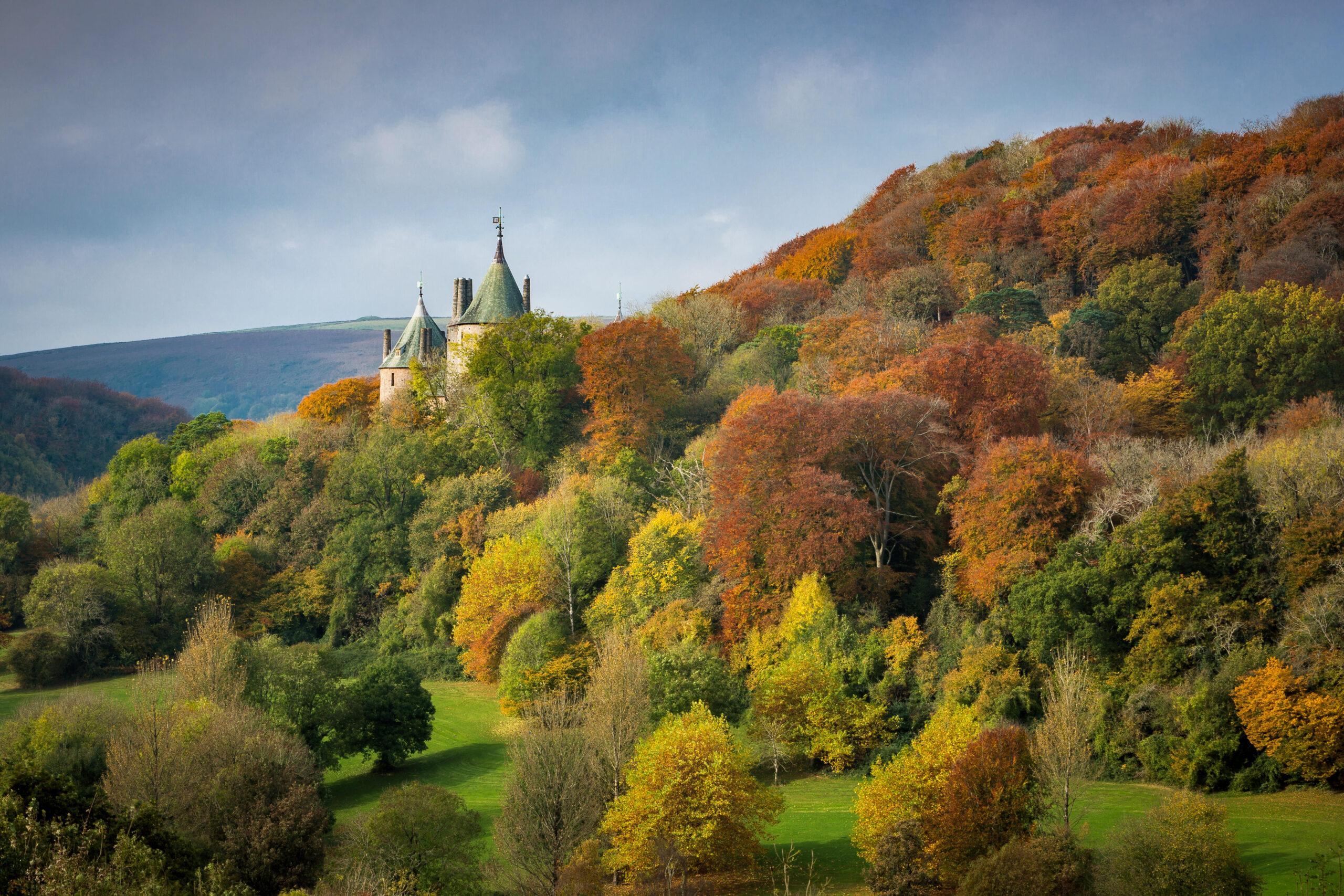 Curious Questions: Wine has been made in Britain for over 1,000 years — so why have we only just turned it into an industry?
Curious Questions: Wine has been made in Britain for over 1,000 years — so why have we only just turned it into an industry?With the UK wine industry booming, Martin Fone takes a look at its history.
-
 Curious Questions: What is mock turtle soup? And did it come before or after 'Alice in Wonderland'?
Curious Questions: What is mock turtle soup? And did it come before or after 'Alice in Wonderland'?Martin Fone delves into the curious tale of an iconic Victorian delicacy: mock turtle soup.
-
 A game of two halves — how the sandwich went from humble fare to a country-wide lunchtime obsession
A game of two halves — how the sandwich went from humble fare to a country-wide lunchtime obsessionWhat started life as a way to eat and play cards at the same time (so the story goes) is now the lunch of choice for the working world.

